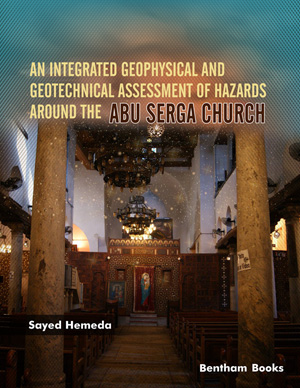Abstract
When writer Lawrence Durrell first published Justine of The Alexandria Quartet in 1957, it made a big impact. It was because of the novel’s untraditional style of writing. As an example, the first three books do not follow a timeline. Only with the last book does the timeline become more solid. But also, the third book, Mountolive, has a different telling than the other three.
In the novels, a modern love story is told, but that love story is an unusual one. The city of Alexandria serves as the backdrop for this modern love story. The city reflects the characters’ mental status most of the time. Alexandria and her characters are linked together; one cannot exist without the other. Cities around the world are anything but stable; they have to change somehow. So, the idealized Alexandria in the novels changed over time. In that way, there were lots of clues about architecture. It was always considered together with the users and their acts, and also with the region and urban planning. In this study, the books were reviewed from a different perspective. The architectural side of the books was shown with examples. The Eastern Mediterranean style and the Levantine cities were explained with the help of the city of Alexandria. Also, Alexandria’s past, present, and future were displayed.
Keywords: Architectural culture, Architectural mentality, Architecture of Alexandria, Architectural reading, Balthazar, City of Alexandria, Clea, Connection between architecture and the city, Contrasts of the city, Ideal city, Justine, Lawrence Durrell, Levantine, Mediterranean architecture, Modern love, Mountolive, Non-stationary city, Romanticism, The Alexandria Quartet, The eastern Mediterranean.













